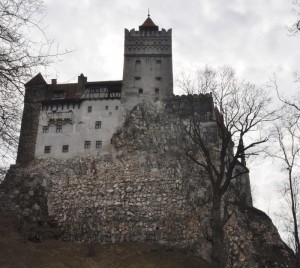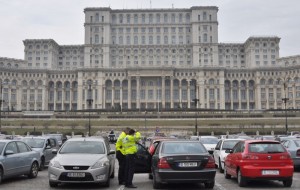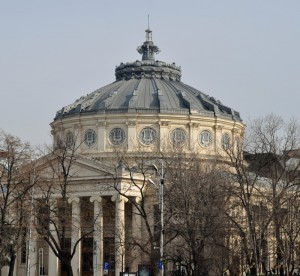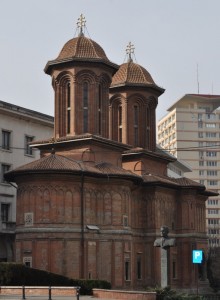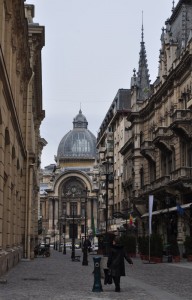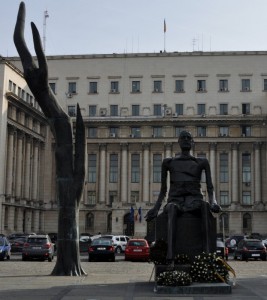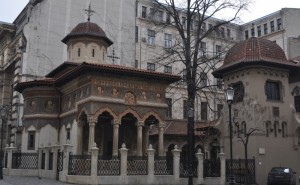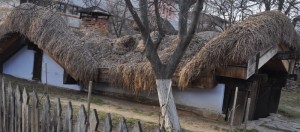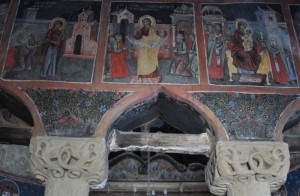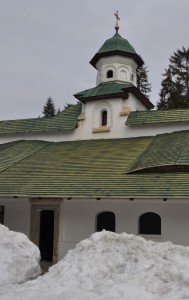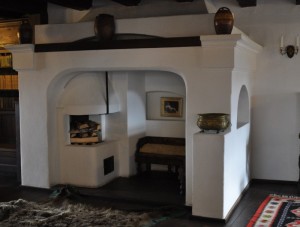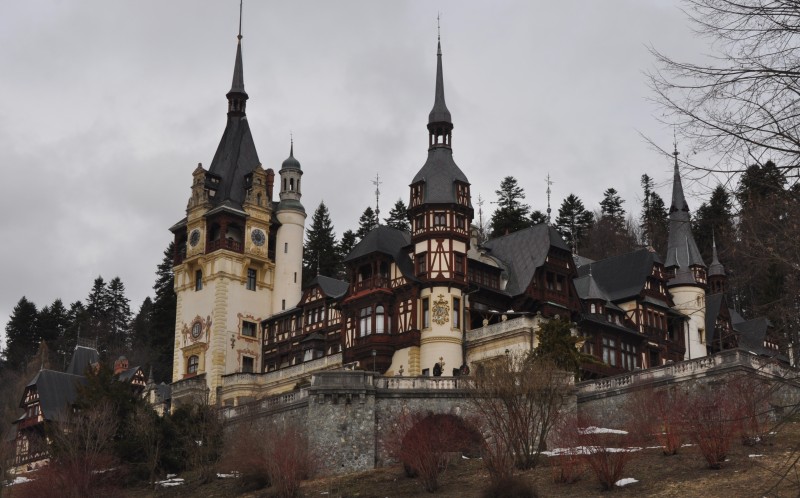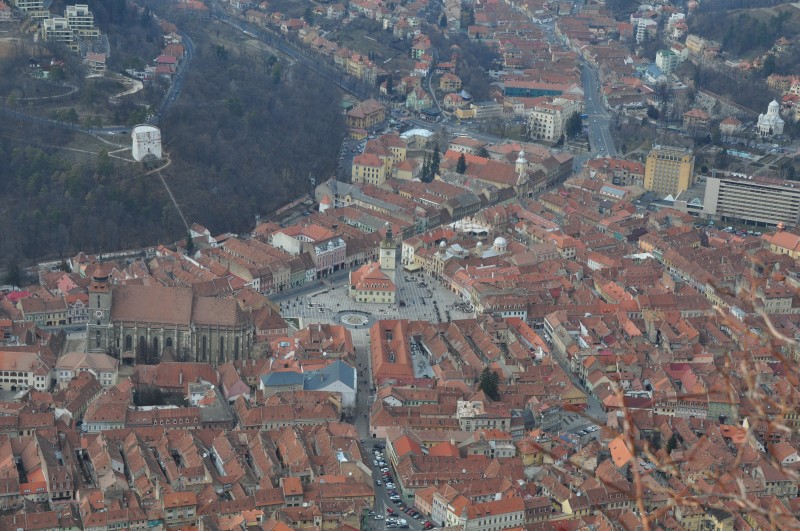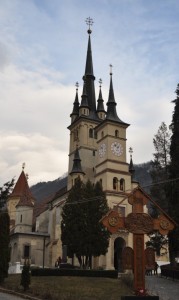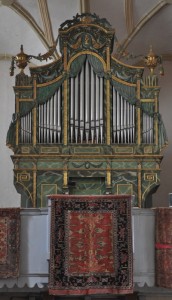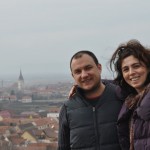ucharest – Brasov March 5-9
Romania has taken my fantasy for years. Romania is the homeland of Dracula whose real name is Vlad Tepeş or Vlad the Impaler. Romanians trace their ancestry to the Romans. The country’s wild and rustic image is appealing.
Background
Romania was inhabited since prehistoric times but it only achieved statehood in the 19th century. The Greek traders established ports along the Black Sea coast during the 6th and 7th century BC. Indigenous Thracian tribes gradually coalesced until Burebista (82-44 BC) ruled a short-lived Dacian Empire covering the modern day Romania and beyond. Then the land became part of the Roman Empire.
During the Middle Ages, Romanians lived in three distinct principalities: Wallachia, Moldavia and Transylvania. By the 11th century, Transylvania had become a largely autonomous part of the Kingdom of Hungary. Groups of Germans (subsequently known as Saxons) arrived and built up powerful markets towns in Transylvania which were granted self-government.
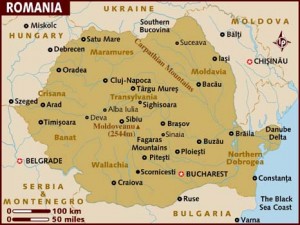 The Principalities of Wallachia and Moldavia emerged to fight the Ottomans and gained their independence from the Hungarian King by the mid-14th century. Both had some remarkable leaders including Stephen the Great in Moldavia from 1457 to 1504, Vlad the Impaler and Constantin Brâncoveanu in Wallachia from 1431 and 1476 and 1688 and 1714 respectively. Brâncoveanu was a patron of culture and the “Brâncoveanesc style” of architecture was developed during his rule.
The Principalities of Wallachia and Moldavia emerged to fight the Ottomans and gained their independence from the Hungarian King by the mid-14th century. Both had some remarkable leaders including Stephen the Great in Moldavia from 1457 to 1504, Vlad the Impaler and Constantin Brâncoveanu in Wallachia from 1431 and 1476 and 1688 and 1714 respectively. Brâncoveanu was a patron of culture and the “Brâncoveanesc style” of architecture was developed during his rule.
After the fall of the Byzantine Empire in 1453, the entire Balkan Peninsula and most of the Hungary had become Ottoman provinces. Wallachia, Moldavia and Transylvania preserved partial or full internal autonomy under the Ottoman suzerainty. In 1699 Transylvania became a territory of the Austrian Empire following Austria’s victory in the Great Turkish War.
Romanians were treated as second-class citizens and started to revolt. The first uprising took place in Wallachia in 1821. In 1859, electors in Wallachia and Moldavia choose the same leader, Alexandru Ioan Cuza as their ruling Prince thus creating a personal union. In 1866, Cuza was exiled following a coup d’état and was replaced by Prince Karl of Hohenzollern-Sigmaringen who became Prince Carol I of Romania. Its independence was first recognised in 1878 and in 1881, the principality was raised to a kingdom and Prince Carlo became King Carol I of Romania.
At the end of World War I, Transylvania, Bukovina and Bessarabia untied with the Kingdom of Romania. During the World War II, Romania first fought on the side of the Axis powers but later joined the Allies. By the end of the war, northeastern territories of Romania were occupied by Soviet Union and it became a People’s Republic in 1947. Romania suffered till the end of the communist era when Nicolae Ceauşescu, a dictator who took power in 1965, was overthrown and executed in late 1989. This marked the beginning of its transition towards democracy and market economy.
Romania today
Romania has an area of over 237,000 square kilometres and a population of 22 million. About 89% of the population is ethnic Romanians. Hungarian and Roma make up 6.6% and 2.5% of the population respectively. Romania has an increasingly large diaspora estimated at over 2 million: Romanians work in EU countries and North America and remit money home to support their family. Romanians are predominantly Orthodox Christians (87%).
The country has been making steady progress and joined the European Union (EU) in 2007. The estimated GDP (nominal) and GDP (PPP) in 2012 were US$171.4 billion and US$274 billion respectively (i.e. $9,000 and $14,391 per capita respectively). Despite remarkable progress made since the 1989 revolution, it still faces issues related to corruption, economic and infrastructure development, and remains the poorest member state in the EU.
Romania boasts seven World Heritage Sites (WHS). They include eight painted churches in Moldavia, Dacian Fortress of the Orastie Mountains, the Historic Centre of Sighişoara, the Monastery of Horezu, seven villages with fortified churches in Transylvania, eight wooden churches in Maramureş and the Danube Delta.
March 5 Tuesday: Athens, Greece – Bucharest, Romania
I arrived in Bucharest at 10:30pm. The car I booked online for €17 took me to my hotel near the historic quarter. The driver who is an IT engineer by profession speaks good English. He set up a car-hire company eight months ago. Though business has been affected by the economic downturn in Europe, he remains optimistic. The hotel is old and the floor is cranky. But my room though basic is clean and spacious.
March 6-7 Wednesday & Thursday: Bucharest
Many tourists hardly spend time in Bucharest, the capital of Romania with about 2 million inhabitants. The first impression of the city is dusty, run-down with many dilapidated ugly concrete blocks and monumental developments from the communist era.
After spending two days exploring the city on foot, I would say Bucharest is worth spending a couple of days. I had walked from Piaţa Universităţii along Calea Victoriei to Piaţa Victoriei at one end and to the Centru Civic where the colossal Palace of Parliament (a white elephant built by Ceauşescu) at the other end. I also went to Piaţa Unirii, Piaţa Romana and the historic quarter.
Buildings of historical and cultural importance in Baroque, Neoclassical, Viennese and Parisian architectural styles line Calea Victoriei between Piaţa Enescu and River Dâmboviţa. On one side of the road, one finds the University Library, Romanian Atheneum (a Neo-classical structure with a sublime baroque cupola inaugurated in 1888), the statute of Carlos I on horseback, the former Communist Party Headquarters, a memorial commemorating the revolution, the grand Pasajul Macca-Vilacrosse and the National History Museum.
On the other side, there are the Royal Palace rebuilt by King Carlos II in late 1920s (which now houses the National Art Museum), the Creţuiescu Church built in the style created by Constantin Brancoveanu in the 17th century, the Cercul Miltar (“Army House”) and the National Saving Bank (1890s).
The historic quarter is still in the process of renovation. Some buildings have been restored while many are dilapidated. I like the Stavropoleos Church built between 1724 and 1730 with arabesque façade a columned portico carved with delicate tracery and a splendid iconostasis and a dark-blue star-flecked cupola. I spent half an hour watching people praying and a couple of professionals doing restoration work. The Caru’ cu Bere (the Beer Cart) (1875) with beautiful decoration, is a popular tavern serving Romania cuisine. I had a fantastic dinner there. The area filled with cafés, bars and restaurants is lively.
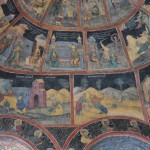 |
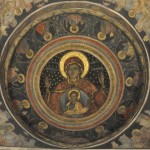 |
Culture is important for Romanians. According to information on a free map, Bucharest has over 40 museums. I only had time to four of them.
The National Art Museum has an excellent section on medieval art and modern Romanian art. I find the audio-guide useful. The European Art Gallery is not large but has an impressive collection of paintings from the 14th to 20th centuries including three paintings from El Greco. The Gallery of Romanian Modern Art has many works of Romania’s most famous painters including Theodor Aman (1831-91) and Nicolae Grigorescu (1838-1907), one of the founders of modern Romanian painting.
The National History Museum is housed in a grand but not well-maintained building. A replica of Trajan’s Column is placed in the lapidarium. According to a local guide, the Column made by Romanian craftsmen is now in Rome. They are proud of it and have made a replica for display in Romania! The only thing worth seeing is the national treasures which has a fabulous collection of gold and jewelry spanning over 2500 years.
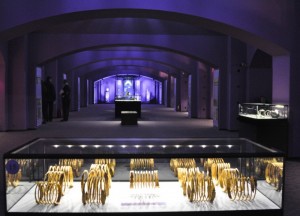 |
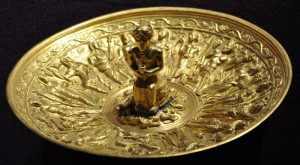 |
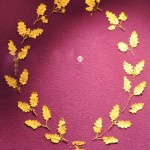 |
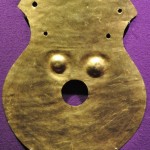 |
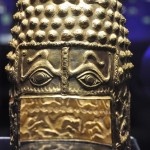 |
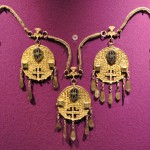 |
The Museum of the Romanian Peasant located next to the Natural History Museum at Victoriei has a good collection of exhibits especially costumes from different regions. But the layout and explanations are far from satisfactory. There is no illustration in English. The toilet is terrible resembling those in third world countries.
The Village Museum has a collection of over 300 dwellings, workshops, churches, windmills etc. But most if not all the structures are locked and one can only take a look from the outside. I have seen similar themed museums in Scandinavia which I find more interesting. If one is planning to travel around the country, there are similar museums in Sibiu and Suceava which might be more appealing.
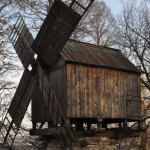 |
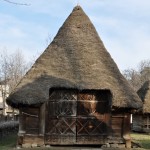 |
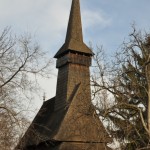 |
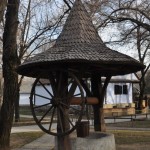 |
I had a delightful night attending a piano concert in Atheneum. I only know the music was composed by Schumann.
The food in Bucharest is surprisingly good and cheap! The local bread is a wonderful snack. My lunch at Bistro Atheneum and dinner at Caru’ cu Bere were both fantastic. I had a nice coffee in the Grand Café Van Gogh too.
I visited the tourism office at the Universităţii metro station and found a day excursion to the Sinaia Monastery, Peles Palace, Bran Castle and Braşov for €85. I took it as these three are “must-see” attractions. I would be dropped off at Braşov at the end of the day.
March 8 Friday: Bucharest – Sinaia, Transylvania – Braşov
I was the only passenger and ended up with a private tour with a guide and driver!
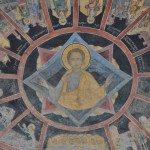 |
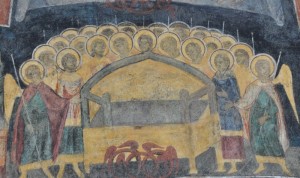 |
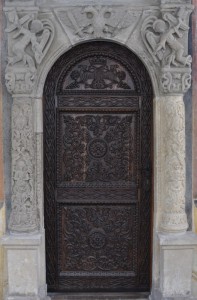 |
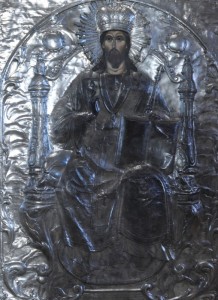 |
The car sped through Wallachia and crossed into Transylvania. Sinaia is 122km from Bucharest nesting in the beautiful Bucegi Mountains. I first visited a complex comprising a Monastery founded by Prince Mihai Catacuzino in 1690 following a pilgrimage to Mount Sinai. The Biserica Mare (the Great Church) was built in 1846. But I like the smaller Biserica Veche (the Old Church) dating from 1695 which is all covered in beautiful frescoes with some remarkable stone carving.
The next stop was the Peleş Palace built by King Carlo I between 1875 and 1883. Resembling a Bavarian castle, the palace has some 160 rooms. The rooms and halls are beautifully decorated with wood carvings and without excessive use of marble and gold leaves often found in palaces in Europe. My guided tour only covered the ground floor as visitors have to pay more to see the second and third floors.
We stopped for lunch at Pension Valea Cetatii near Râşnov. I had pork neck as the main course and a Romanian desert with berries and cream. They are fattening but most delicious. I also took at a spacious and cozy single/double room which only cost €17. Great value for money!
Bran Castle 28km from Braşov is commonly known as the Dracula’s Castle though Vlad the Impaler might only have tenuous associations with the place when he laid siege to it in 1460. The first wooden castle on this spot was built by the Teutonic Knights in 1212. A stone castle was built between 1377 and 1382. The castle was offered as a summer residence to Romania’s Queen Maria, wife of Prince Ferdinand (who succeeded King Carlos I). The castle is cute with small rooms, an intriguing maze of corridors and stairways including a hidden one. It looks like a fairytale castle. It was cloudy and the car had not taken me to the best spot to take a photo. Hence my photos do not show the castle at its best. (The Râşnov Fortress which is the same area was not included in the tour).
Braşov
I arrived in Braşov at 4pm and was dropped off at JugendStube Hostel in the old town. It’s the low season and I paid 45 lei for a bed but had the en-suite by myself. The hostel is centrally located, well-run, spotless clean and very tidy. I felt at home and stayed for two nights.
Saxon settlers began to arrive in this area in the early 12th century. Braşov grew into a prosperous trading centre and was fortified between 1400 and 1650 as a result. The old town is surrounded by medieval fortification walls and planked by hills on both sides. Life centres around Piaţa Sfatului (Council Square) which is lined with beautiful merchants’ houses on all sides. Casa Sfatului (Council House) built in the 15th century is photogenic. Today, Braşov is a year-round tourist destination: people flock to see the picturesque old town, the Bran Castle and to go ski at Poiana Braşov, Romania’s top ski resort.
Before sunset, I walked to the Schei quarter which is outside the city wall old town. During the heyday of Saxon rule, only the elite Saxons could live within the walled city and the Romanian-speaking population was compelled to live in this quarter. The Church of St Nicholas (1493-1564) dominates the skyline here.
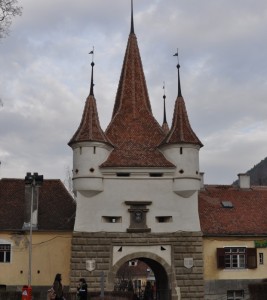 |
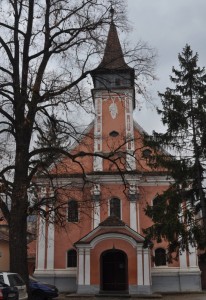 |
March 9 Saturday: Braşov – Prejmer – Hârman – Braşov
Transylvania is a beautiful and mountainous region covering some 100,000 square kilometres. Moldoveanu (2544m) Romania’s highest peak is located in the Carpathian mountains in Transylvania.
Picturesque medieval hamlets in southern Transylvania are known for their fortified churches that provide a vivid picture of the cultural landscape. Seven villages characterized by a specific land-use system, settlement pattern and organization of the family farmstead preserved since the late Middle Ages (13-16c) have been inscribed on the WHS list.
Prejmer one of the seven villages on the List is about 15km from Braşov. I was told the bus would leave at 11am. But when I arrived at the bus terminal at 10:20am, the ticket office said the bus had left at 10am and the next one would be at 1:30pm. I was furious and decided to take a taxi. A driver came up and offered me a private trip for €50. A local young man who speaks English helped me find a taxi for 40lei!
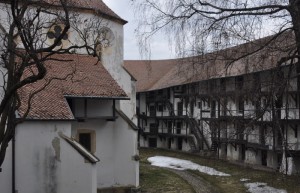 |
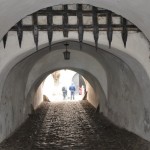 |
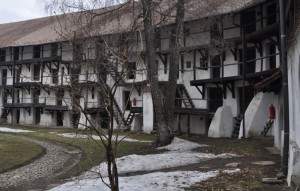 |
I arrived in Prejmer before 11am and spent two hours exploring the complex. The church was built in early Gothic style in the form of the Holy Cross (1225) and the surrounding wall studded with hundreds of dwellings/shelters in four tiers was built in the 15th century. Access to the inner precinct and church is through a 30-m long vaulted gallery. There is a fine Gothic altarpiece of the Passion (1450-60). While walking around the outer wall to take a picture, I met another tourist who was also in search of a spot for a postcard photo. We exchanged views.
About 1:15pm, I saw a minibus stopping near the village square. I was rushing towards the minibus when a car stopped next to me. The man whom I met invited me to join him and his family to see another old church nearby. I jumped with joy and spent the next few hours with Ben and his wife, Camilla from Bucharest. They were in Braşov to visit Camilla’s brother. We went to Hârman which has a Romanesque basilica dating from 1293. Though it is smaller, it is photogenic.
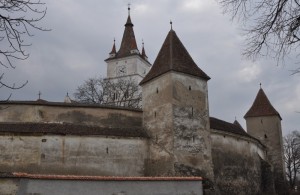 |
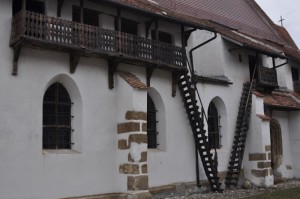 |
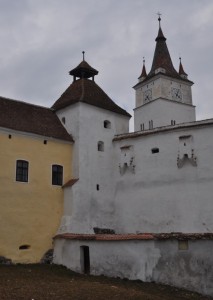 |
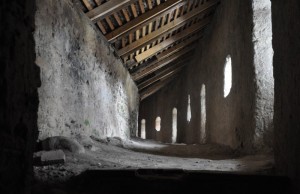 |
Camilla’s brother suggested a visit to an old church in St George village. Unfortunately it was closed. Instead, he took us on a short hike to the top of a hill which offers panoramic views of the area. I could see Hârman on one side and St George village on the other. Ben dropped me off near the old town.
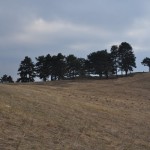 |
It was still early and the weather was nice. I therefore walked to the top of Tampa Hill (960m) and had fantastic views. I was planning to have a steak for dinner in a good restaurant but changed my mind when I passed a supermarket. Instead, I brought a pack of chicken thighs and vegetables and prepared a simple but delicious meal. I like to stay in hostels which give me a chance to have a decent salt and fat-free meal.


